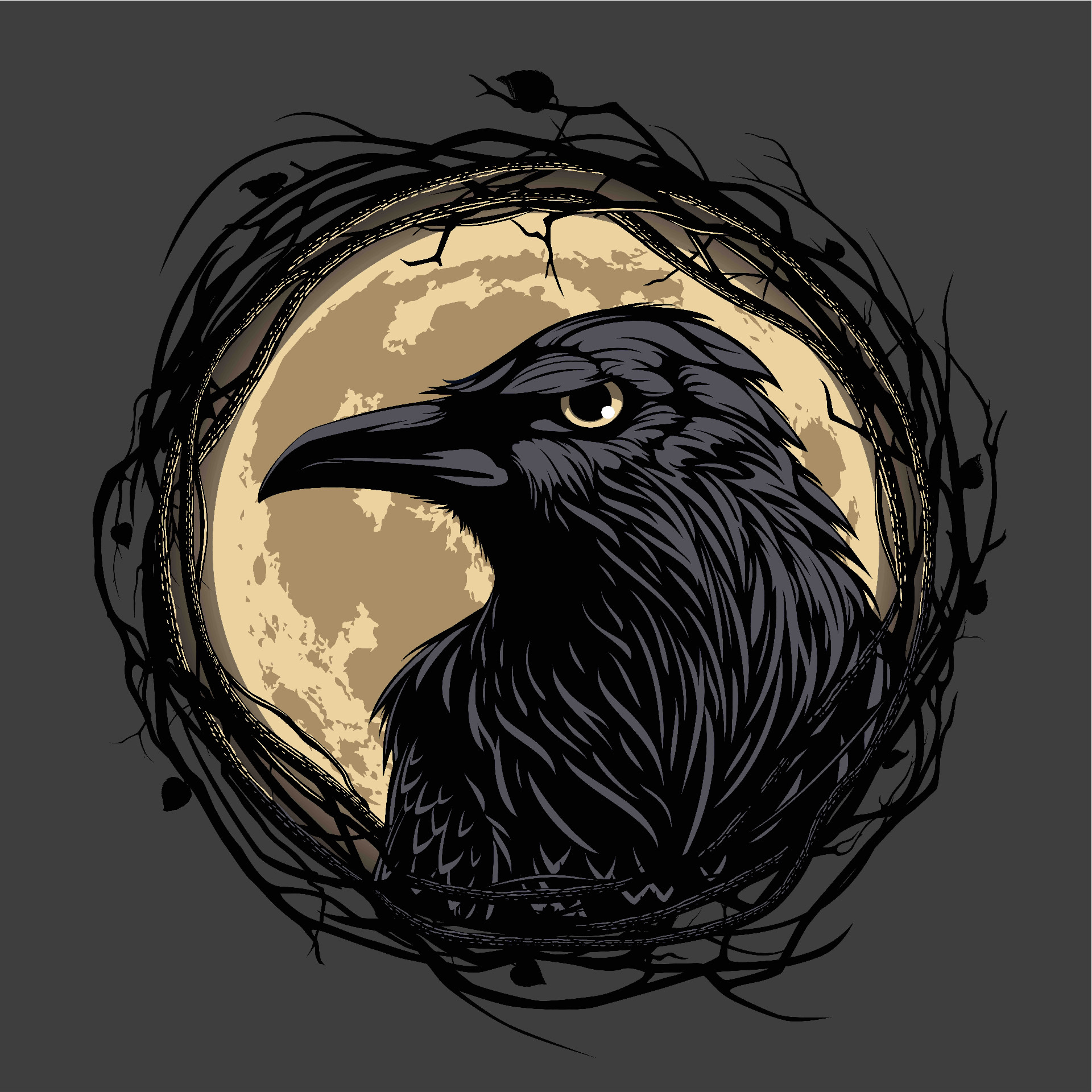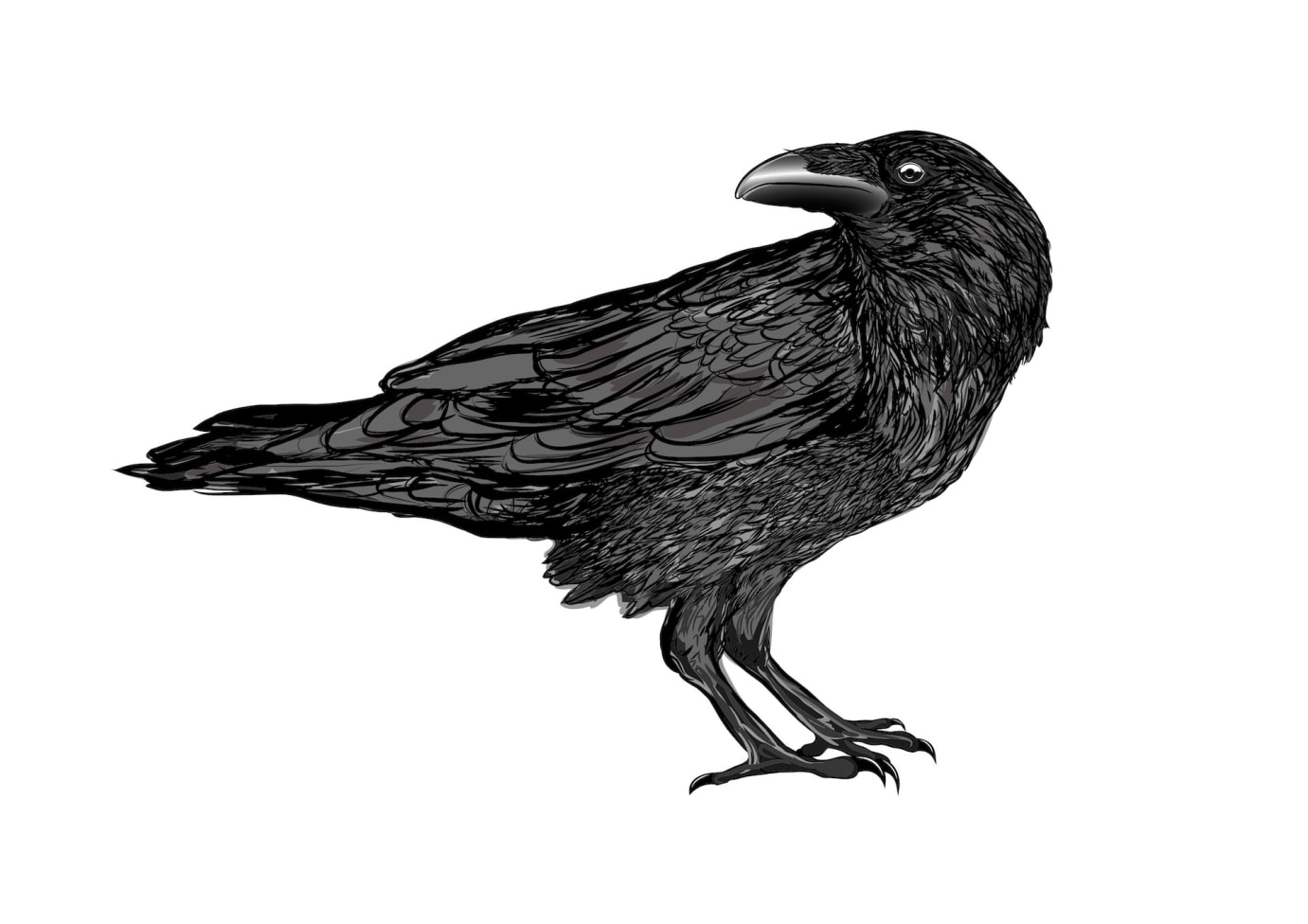 Listen to this article
•
15:34 min
Listen to this article
•
15:34 min
Animal intelligence makes mainstream news every few months. Dolphins communicating with each other. Elephants that exhibit proof of memory. An octopus that can predict football matches. Yet, we tend to ignore one of the smartest brains on the planet, even though it is in our backyard: the raven. There are about nine species of raven found around the world, the most well-known is the common raven (Corvus corax) found in the northern hemisphere.
Ravens are all kinds of intelligent. They can mimic other birds, memorise phrases, and have been observed making toys from sticks and stones, for no purpose other than play. They also have the ability to plan ahead, understand basic tools, and employ them to obtain something they want. Scientists say they are the smartest birds on the planet; others argue that their cognitive abilities surpass even apes.
Going by the research, ravens are at their cleverest when food is involved. In Japan, they have been filmed dropping unshelled walnuts from telephone wires on to the highway. The walnuts crack open when run over by cars, and the birds swoop in for the kernel within. They are what researchers call ‘intelligent opportunists’, and we have merely scratched the surface of their aptitude.
Numerous communities around the world have raven stories, but unfortunately for the bird, many of them have negative associations. In Hindu mythology, the raven is the vehicle of Shani, the popular but inauspicious deity of the planet Saturn. Farther away, Morrigan, the Irish goddess of war is depicted as a raven, and seeing one is considered bad luck on a good day, and death on a bad one. Even the English language plays its part: A gathering of ravens is a conspiracy.
Many communities consider ravens and crows to be ‘mediator animals’ between life and death. This belief is emboldened by the fact that they are scavengers, often sighted in the vicinity of carrion. But perhaps there’s more to it. A study in North America claims that ravens recognise the sound of a gunshot fire in duck-hunting season, and fly towards it in anticipation of a meal. Other research alleges that the birds lead wolves to easy prey, so they might scavenge the scraps from a kill.
According to the mythology of the Tlingit — an indigenous Alaskan and Canadian community — the raven was originally the colour of fresh snow: White and blemish-free, and a shape-shifter that could change form at will. It is believed that a Tlingit clan was once ruled by a chief who had captured the sun, moon, and stars, and locked them up in his room. Keen to help, the raven transformed into the chief’s nephew, released the sky beings, and got away through the smoke hole of the tepee, turning its plumage charcoal black.
More recently, research into raven (and other bird) intelligence, has thrown up interesting questions about what counts as ‘intelligence’ to begin with. “Being able to fly to Argentina, come back, and land in the same bush — we don’t value that intelligence in a lot of other organisms,” says American ornithologist Kevin McGowan in the National Geographic story, We Knew Ravens Are Smart. But Not This Smart. “We’ve restricted the playing field to things we think only we can do.” Human hubris. It is an argument that comes up inevitably when discussing research into plant or animal intelligence, one that we can only surpass with an open and inquiring mind. So the next time you see a raven (or a crow), take a few moments to observe it: You never know what it may be up to.
KNOW MORE
Ravens and crows are two separate species of corvids. The most obvious distinction is that ravens are entirely black, while crows are grey. Ravens are bigger and generally roam in pairs — they mate for life — while crows are more lithe, and prefer larger groups with many members. The most dependable way to distinguish the two is by observing their bills: Ravens have a curved upper beak compared to crows, and tend to be less vocal.








